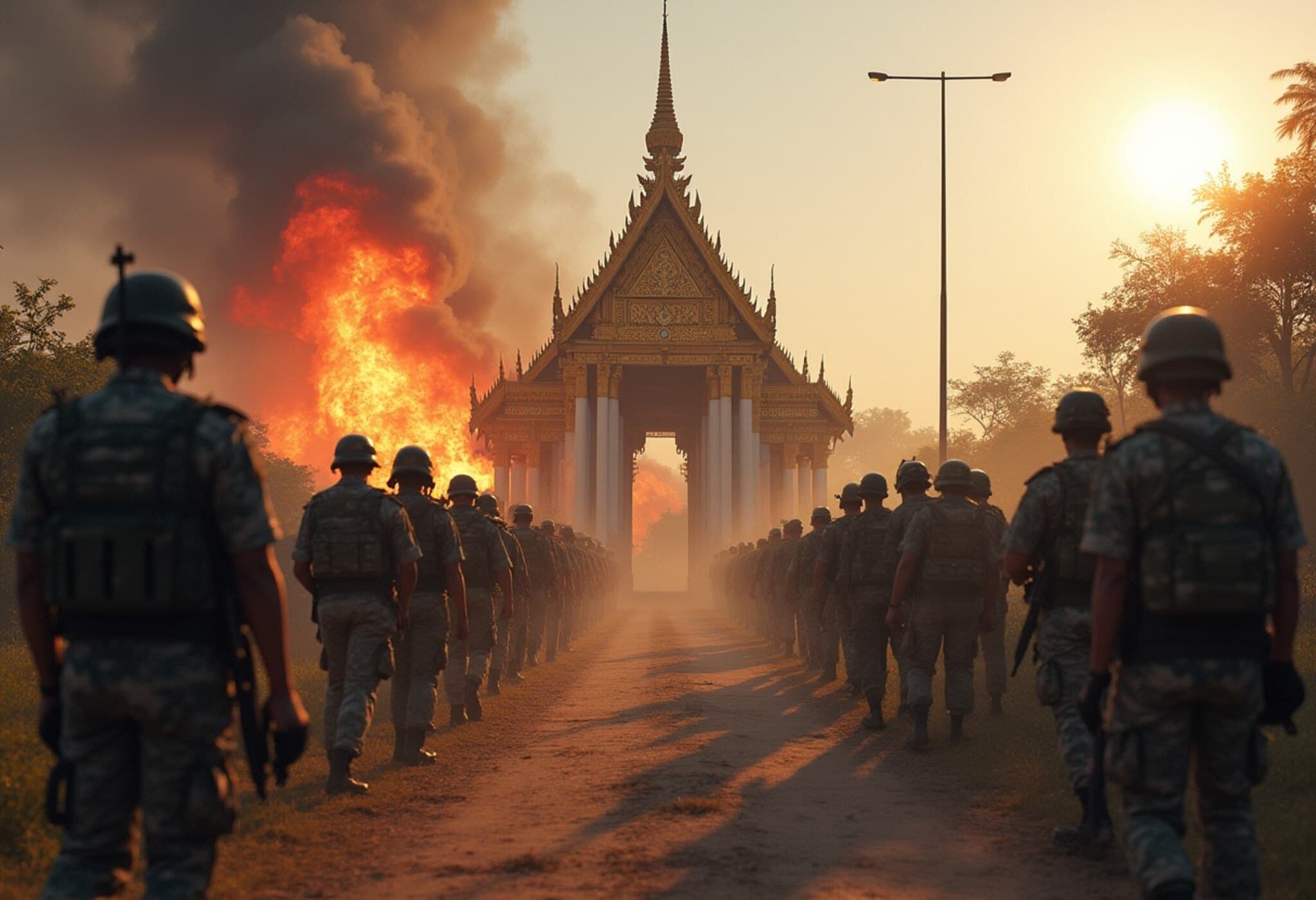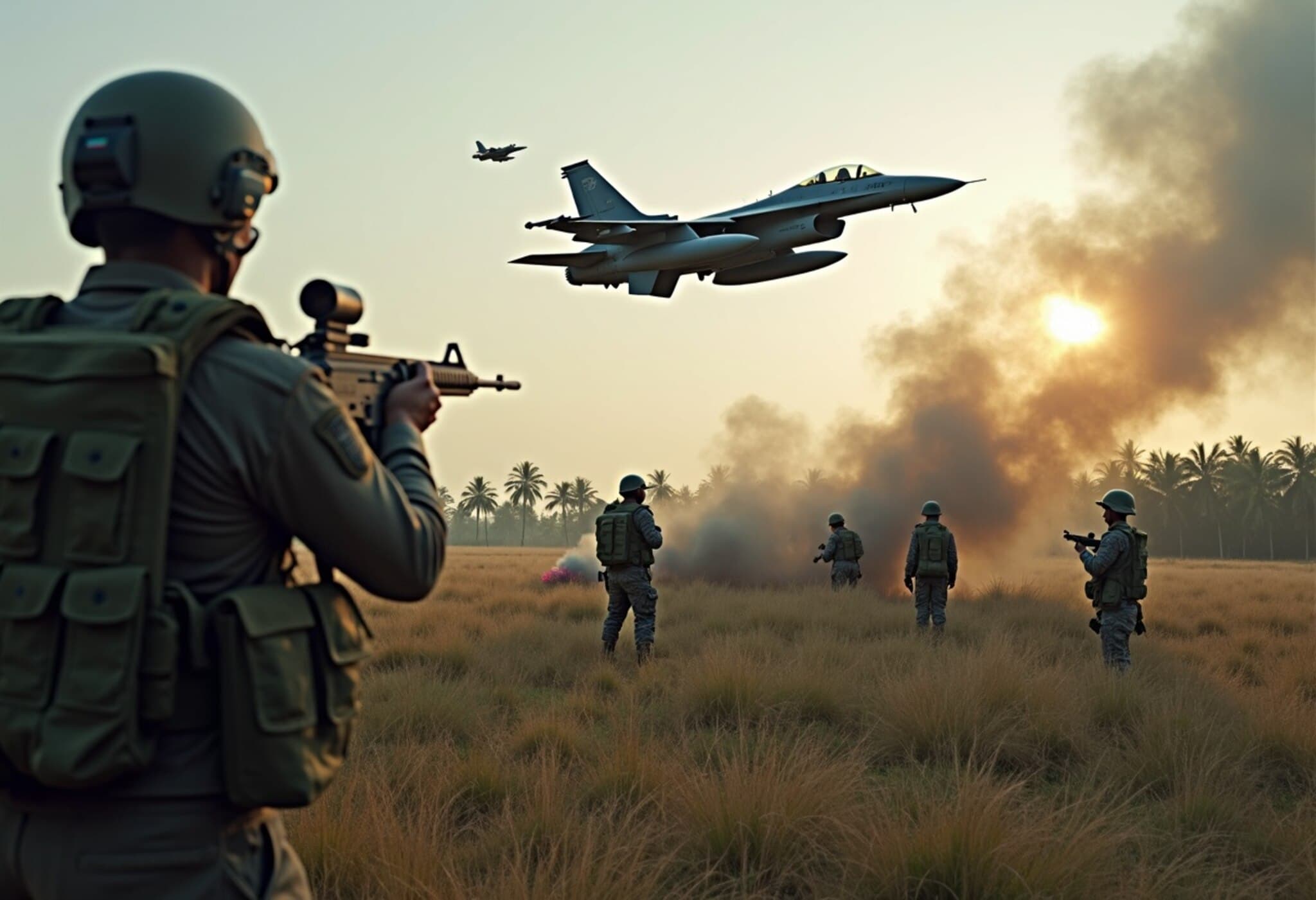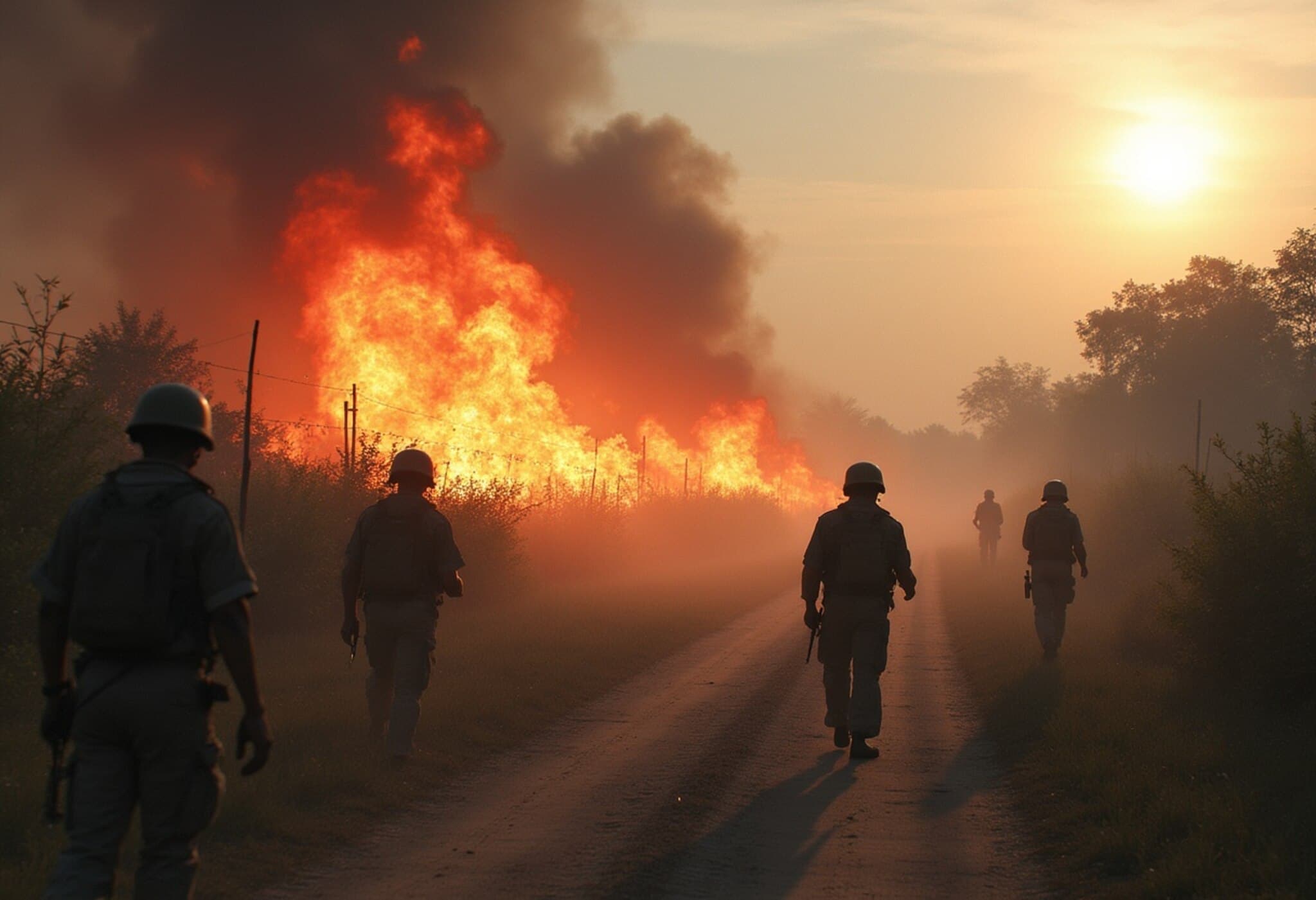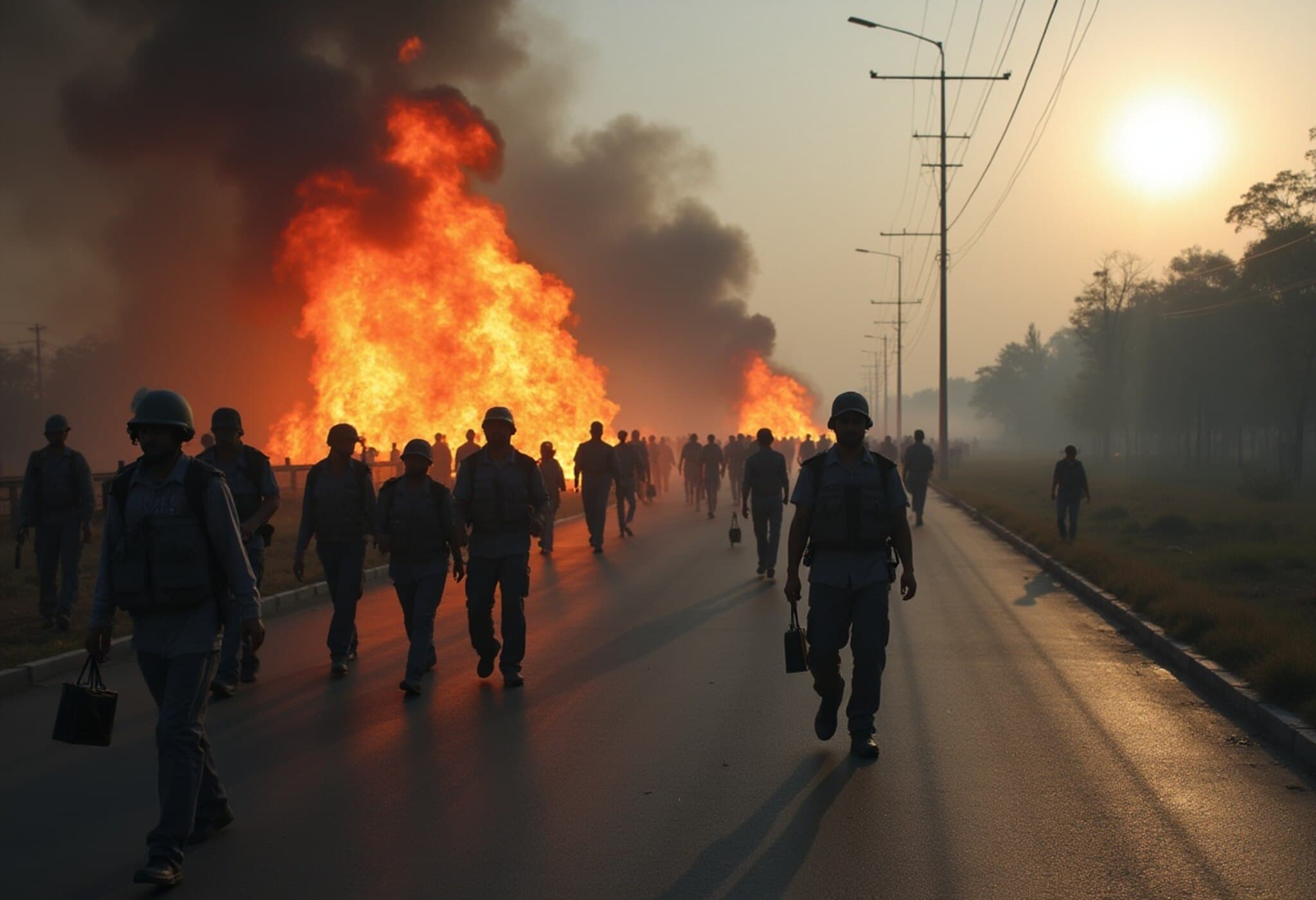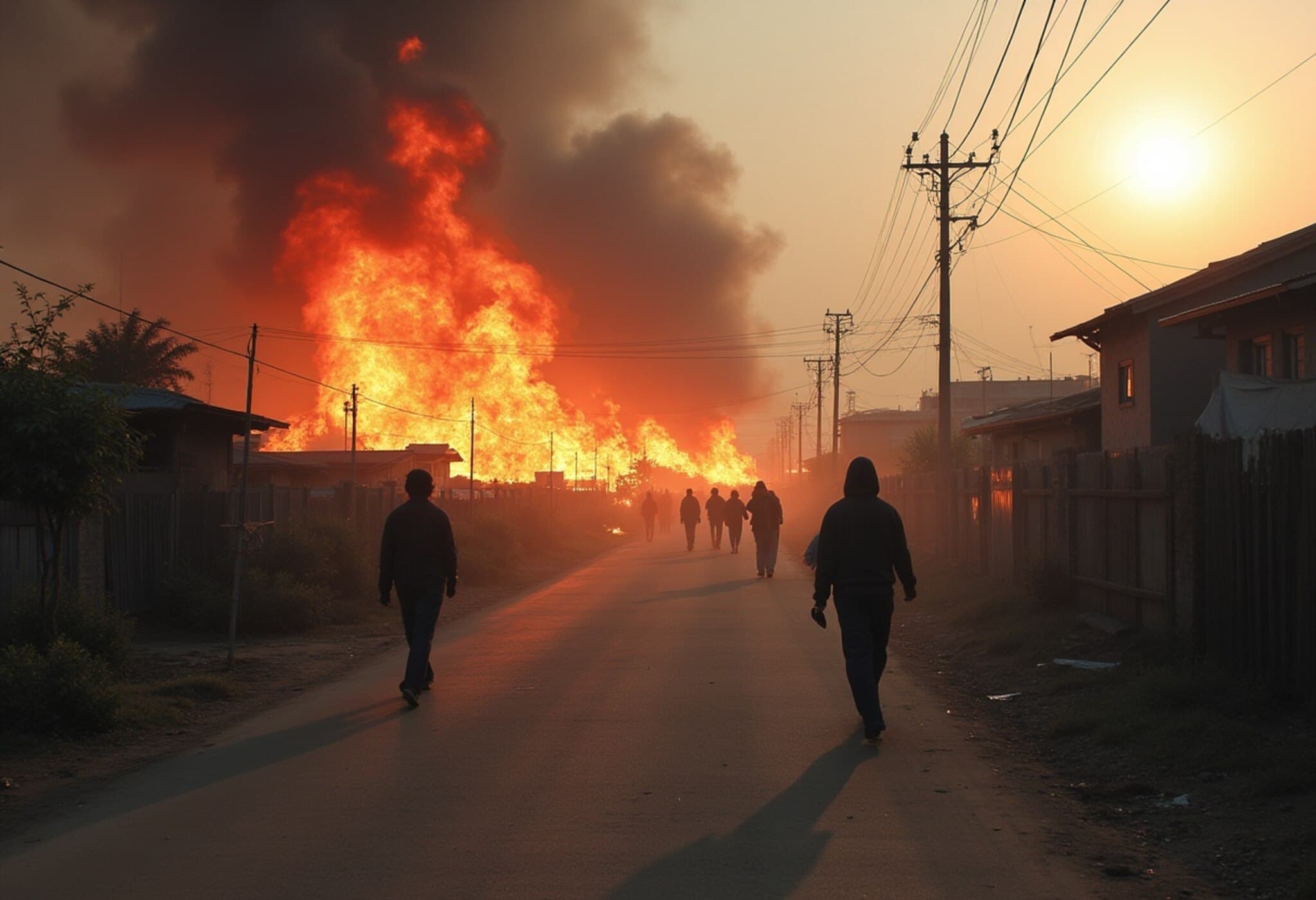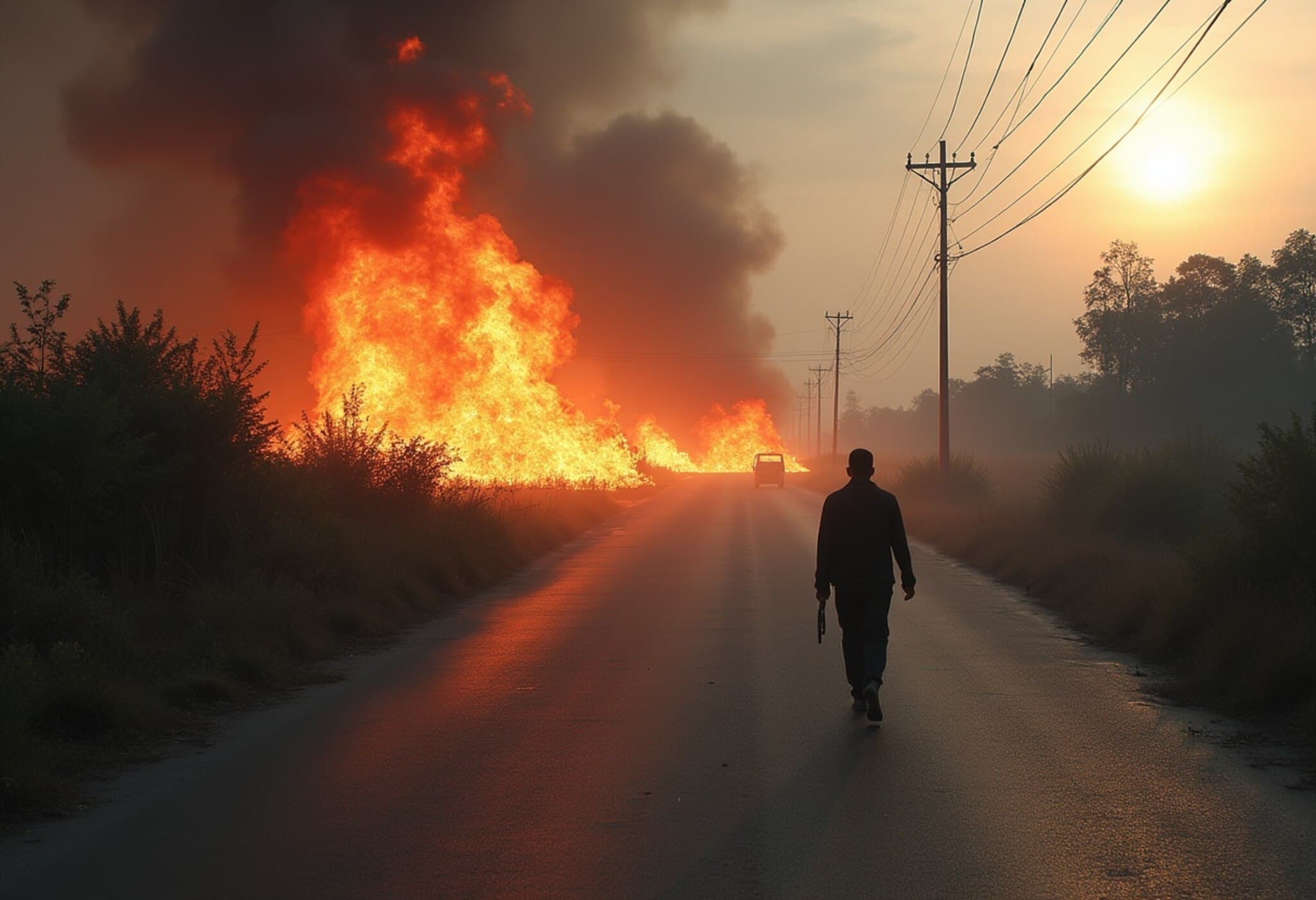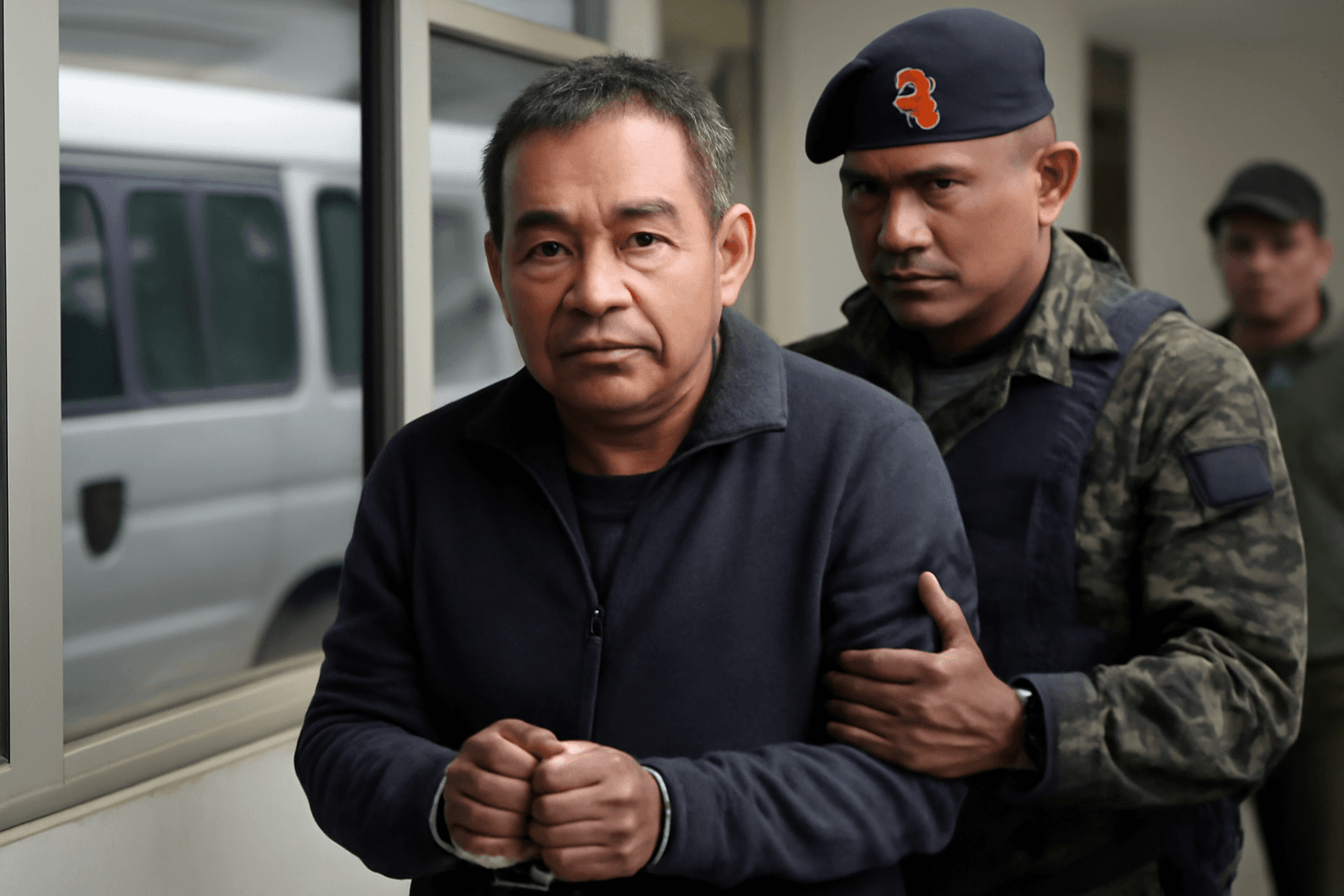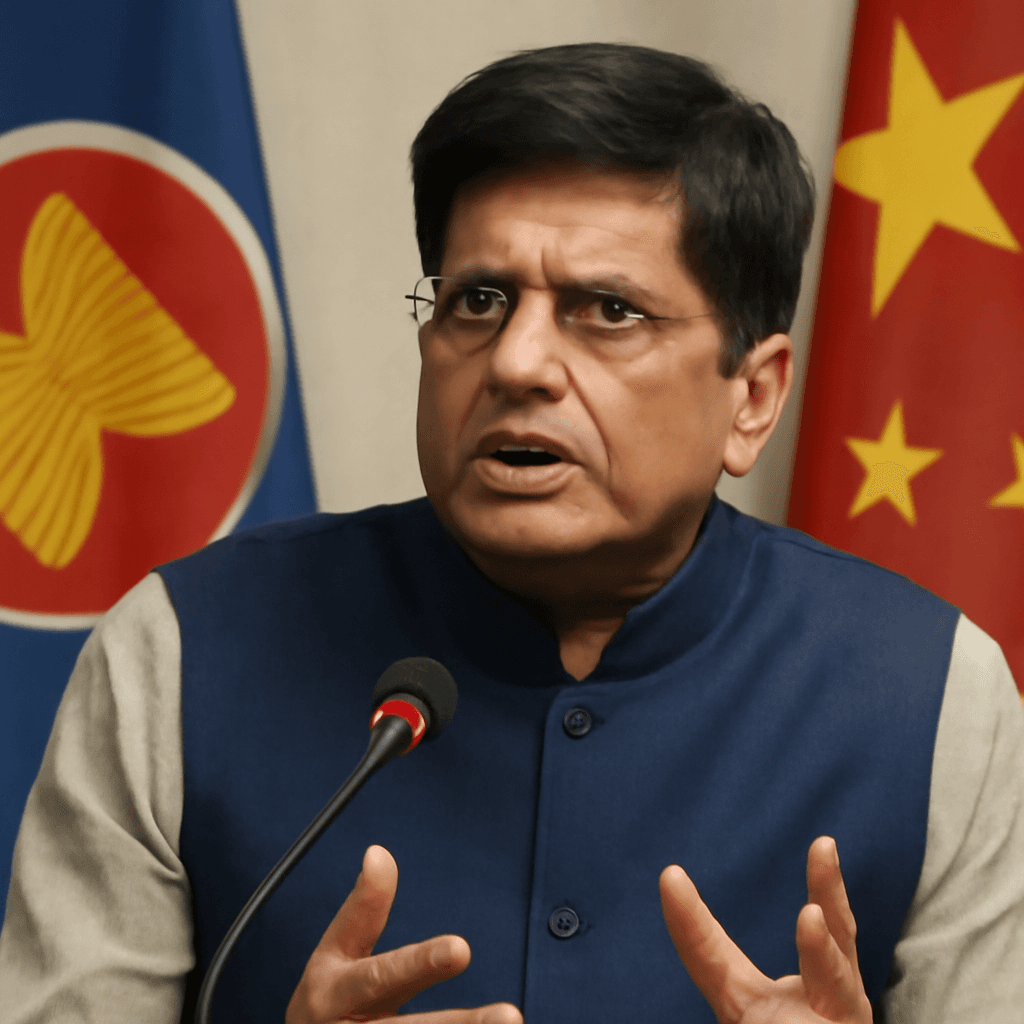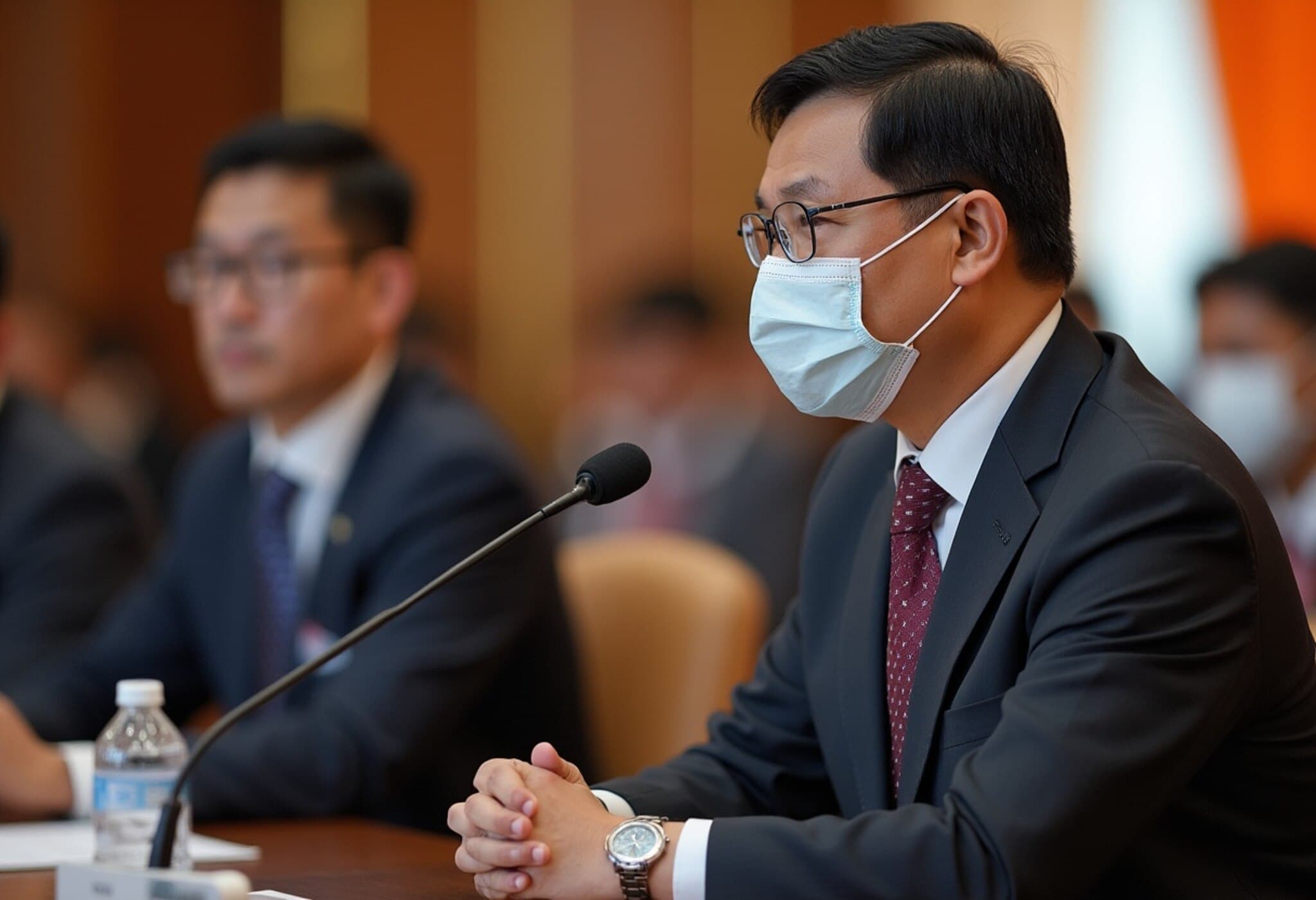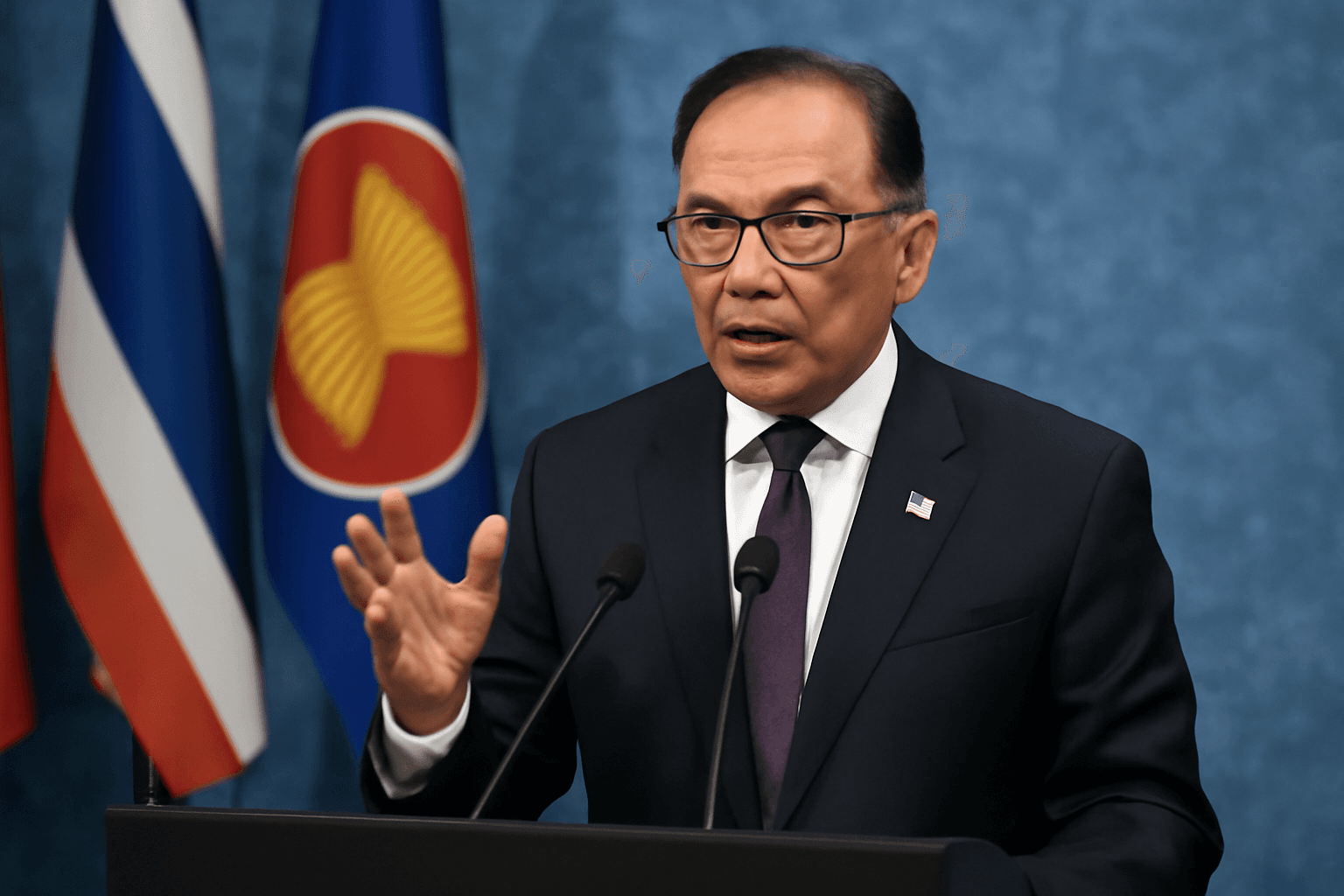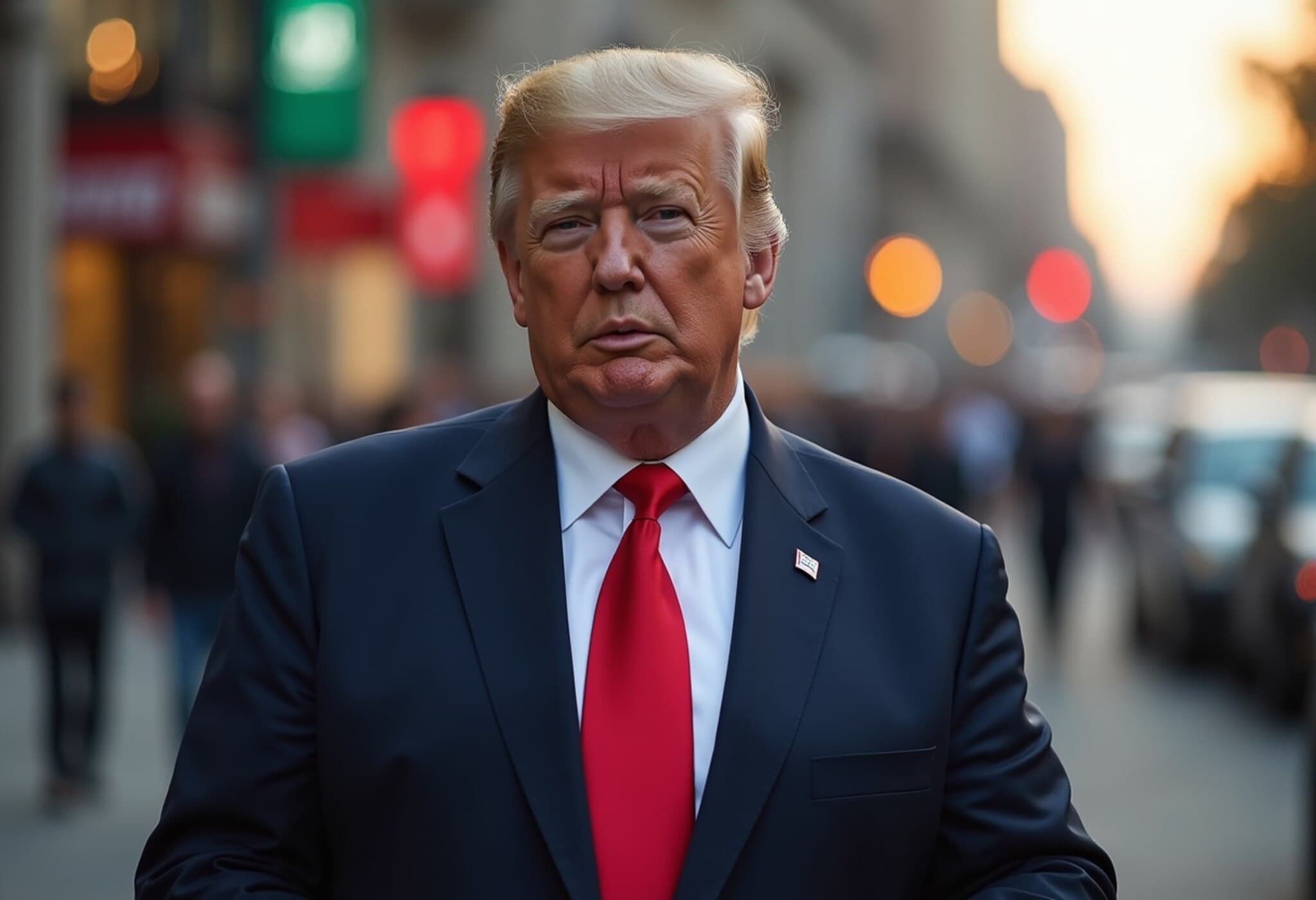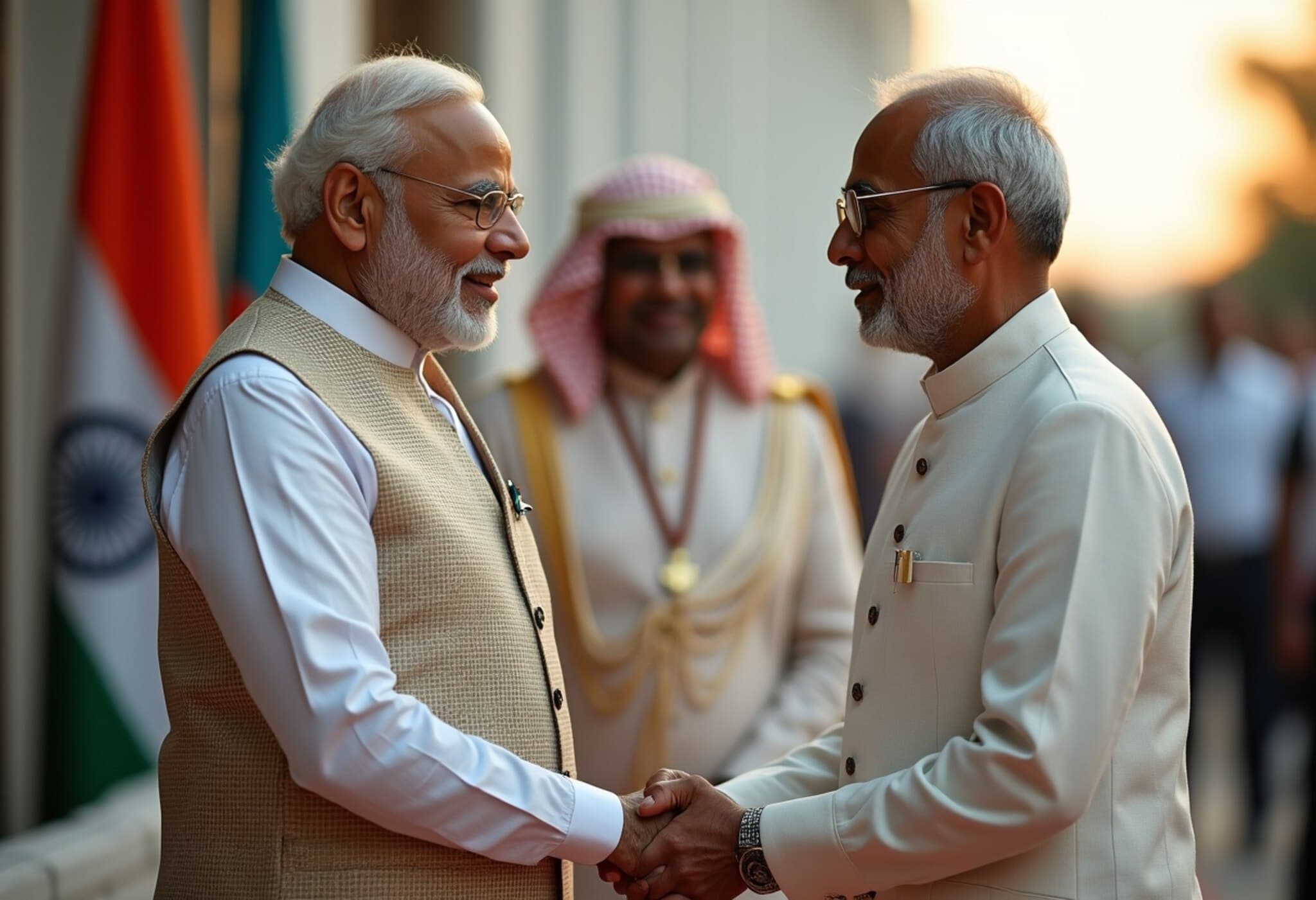Background of the Border Conflict
In a stark reminder of Southeast Asia’s fragile peace, Cambodia has formally called for an immediate unconditional ceasefire with Thailand following deadly clashes along their disputed border. The conflict, which escalated over the last week, culminated in exchanges of heavy artillery and rocket fire around the contested Ta Moan Thom temple area in Oddar Meanchey province, Cambodia.
Latest Developments and Casualties
On July 25-26, 2025, fighting reignited early Friday morning involving both sides deploying heavy weaponry, including BM-21 rocket launchers. The confrontations led to the death of at least 14 Thai civilians and a soldier, with more than 46 people wounded, among them 15 Thai troops. Over 138,000 residents near the border regions in Thailand have evacuated amid rising fears of extended violence.
Diplomatic Moves and Calls for Peace
Cambodia’s ambassador to the United Nations, Chhea Keo, emphasized Phnom Penh’s desire for a peaceful resolution and insisted on an unconditional ceasefire, advocating for diplomacy over military action. In his statements at the UN Security Council, Keo challenged Thailand’s claim that Cambodia instigated the violence, urging both nations to exercise restraint and engage in dialogue.
Thailand’s Response
Meanwhile, Thailand has yet to publicly acknowledge Cambodia’s ceasefire plea. Instead, Bangkok declared martial law in eight border districts, reflecting escalating security concerns. Thai Foreign Minister indicated that third-party mediation is unnecessary, suggesting a bilateral resolution albeit amidst ongoing hostilities. Acting Prime Minister Phumtham Wechayachai revealed that combat operations now encompass 12 different locations along the border, with the border itself officially closed by Thailand.
Historical Context and Regional Impact
The long-standing border dispute between Cambodia and Thailand centers around historical claims and sensitive cultural heritage sites, with the Ta Moan Thom temple area symbolic of deeper territorial tensions. This latest spiral of violence marks the most intense armed engagement in over a decade, threatening regional stability in Southeast Asia.
Experts note that beyond immediate casualties, these clashes jeopardize efforts within ASEAN to promote peaceful dispute resolution and economic cooperation. The involvement of heavy artillery and airstrikes underscores how border frictions can rapidly escalate, raising questions about military preparedness and diplomatic engagement strategies on both sides.
Underreported Narratives and Critical Questions
- How do historical grievances and nationalist sentiments fuel repeated clashes despite longstanding diplomatic attempts?
- What role can ASEAN and the international community play to mediate and foster durable peace?
- How will this crisis affect civilian populations in vulnerable border regions, and what humanitarian responses are planned?
- Is there a risk that localized border disputes between Cambodia and Thailand could trigger broader geopolitical tensions involving other regional powers?
Expert Insight
Dr. Somchai Rattanapong, a Southeast Asia security analyst, remarked, "This conflict reflects the complexity of unresolved territorial claims, historical wounds, and fluctuating political dynamics within both countries. The military escalation is alarming, but the diplomatic engagement, especially at the UN, remains a hopeful sign that dialogue could still prevail."
What’s Next?
The coming days will be pivotal as the international community watches closely whether Thailand will respond to Cambodia’s calls for peace and whether hostilities can be de-escalated before causing further devastation. The humanitarian impact and economic disruption in this border belt remain grave concerns.
Editor’s Note
The Cambodia-Thailand border clash is a significant flashpoint in Southeast Asia, underscoring challenges in managing historical territorial disputes. While Cambodia’s plea for an unconditional ceasefire is a crucial step toward peace, Thailand’s cautious stance leaves uneasy questions about the path ahead. This episode reveals the urgent need for proactive diplomatic engagement and humanitarian aid to protect civilians caught in the conflict zone. Readers should consider how regional alliances, national identity, and geopolitical interests intersect in such disputes—and what that means for long-term peace in ASEAN and beyond.


